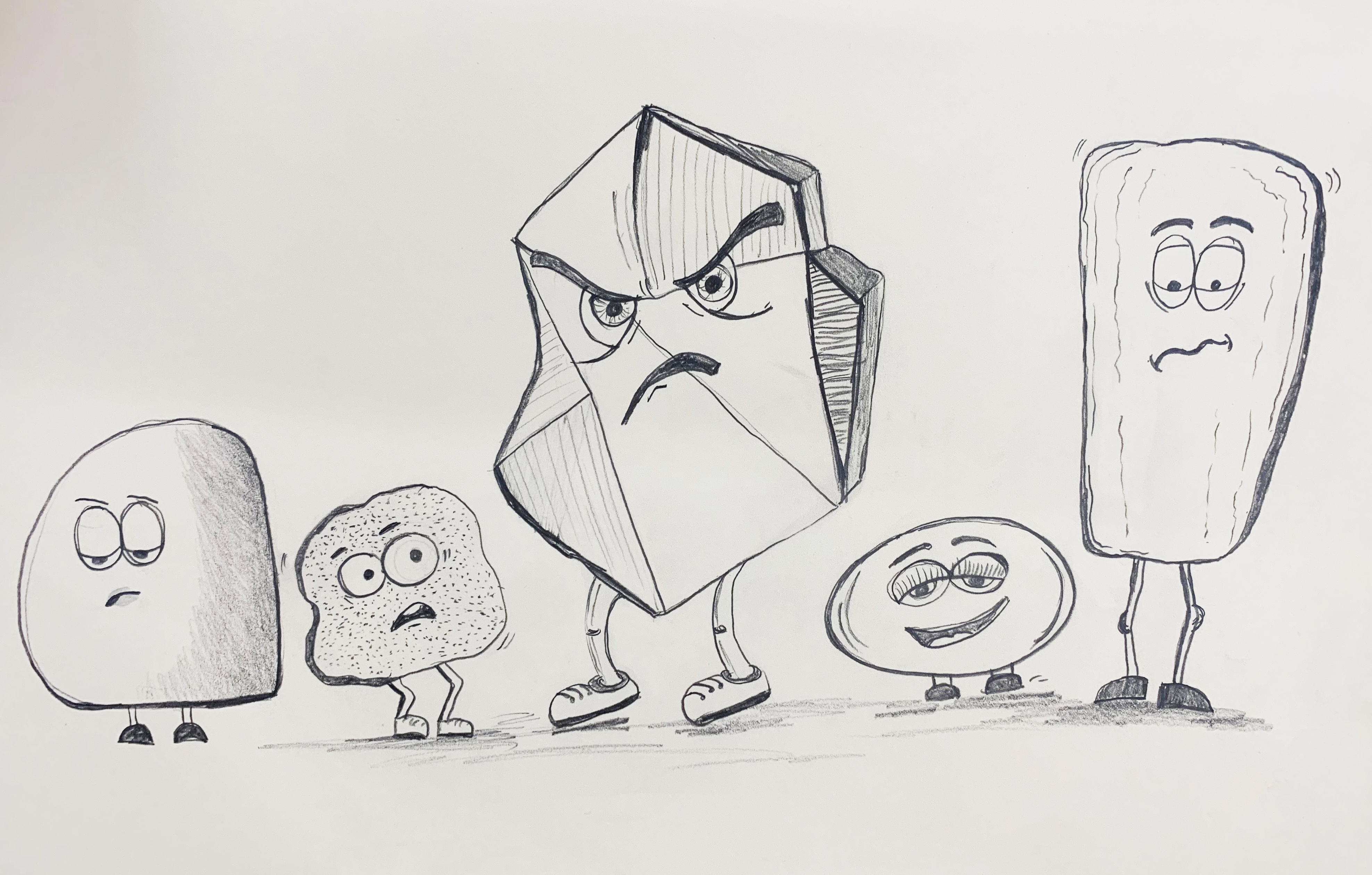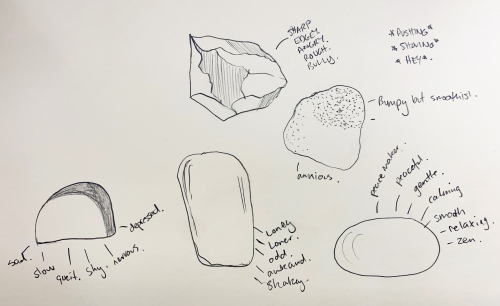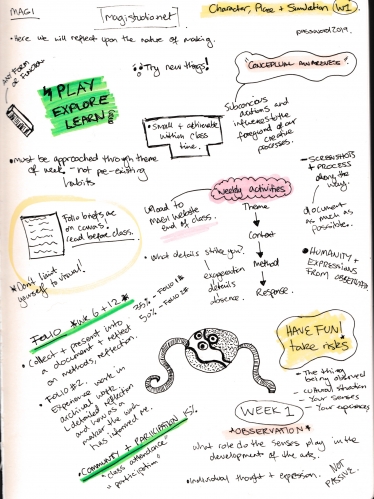
Theme:
Observation
Context:
Throughout the lecture Max expressed the idea to discover humanity and expression from our observations,using a variety of our senses and experiences to create and make things. A universal principal of design that is highly applicable to character designand expressing humanity, emotion and expression to objects is Baby-Face Bias.
Lidwell, Holden and Butler, explain that as humans we are naturally drawn tohumans and things that have large round features such as big heads and eyes with smaller features such as short chins and small noses. We perceive these as having “babylike” attributes in which we are by instinct attracted to the, helplessness, naivety, innocence and honesty it demonstrates through these larger, rounder or over exaggerated features. This can be coupled with both supernormal stimuli and contour-bias to increase appeal and draw us into perceiving characters – in particular cartoon characters as cute, funny, relatable, emotional and innocent, quite commonly seen throughout animation and cartoon/anime illustration.
A character design with more rigid, sharper angles and even facial hair, can be perceived to have more authority, be more serious or even scary. Not all the time, does a character need to have all large features applied at once in order for Baby-face bias to take effect. For example, Mr Incredible from Pixar’s “The Incredibles” is middle aged and although has reasonably small eyes in comparison to other cartoon characters, his personality is softened by his large rounded chin and long curved forehead and small sharp nose. Elsa from Frozen, has strong baby-face features throughout the shape of her face, eyes and button like nose – however her maturity is demonstrated through the design of her stronger eyebrows, defined chin and longer nose and Aladdin for example has somewhat a rounded chin, large head and baby eyes with a muscular body – attracting us to the idea that his character
is honest at heart, crafty and naïve.
Reference Link:
https://arc345ergofactors.files.wordpress.com/2016/03/william-lidwell-kritina-holden-jill-butler-universal-principles-of-design-rockport-publishers-2003.pdf
Method:
Head outside and observe a random object for 15 mins that I would not normally observe or even notice and
figure out what emotions it evoked, through sounds, touch and sight, in order to form some sort of character.
Response:
I went around the ground of RMIT and found a place to sit down next to a pile of small rocks that grabbed my attention. I paid attention to their different shapes and textures they demonstrated and brainstormed the different feelings that came to mind through my observation. My initial consideration was, how the characteristics that these rocks posessed, might translate into students walking around the grounds and life on campus.
I began by drawing a quick outline of their form and brainstorming the different thoughts that came to my mind. Through observing their physical features, also came observation through sound and the different sounds of hussle and bussle, lot's of people in the one area, chatter and the voices that might reflect the personalities of the rocks. I wanted to understand how I could transform an everyday simple and bland object into something loveable, relatable and fun through applying slight baby-face bias and expressions.
Given the short time frame I was facing, I tried to encapsulate this observation and experience through a quick illustration and challenge myself to stick within the class time frame.
About This Work
By Amber Stacey
Email Amber Stacey
Published On: 24/07/2019



